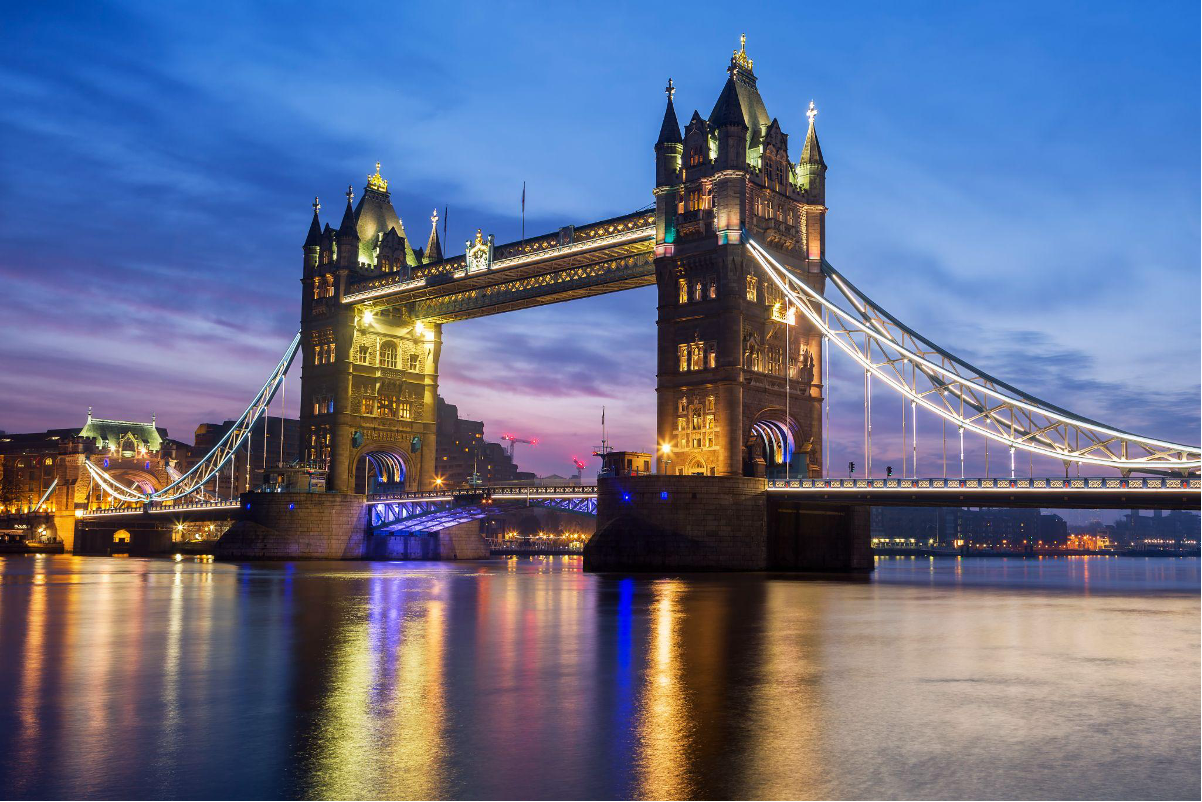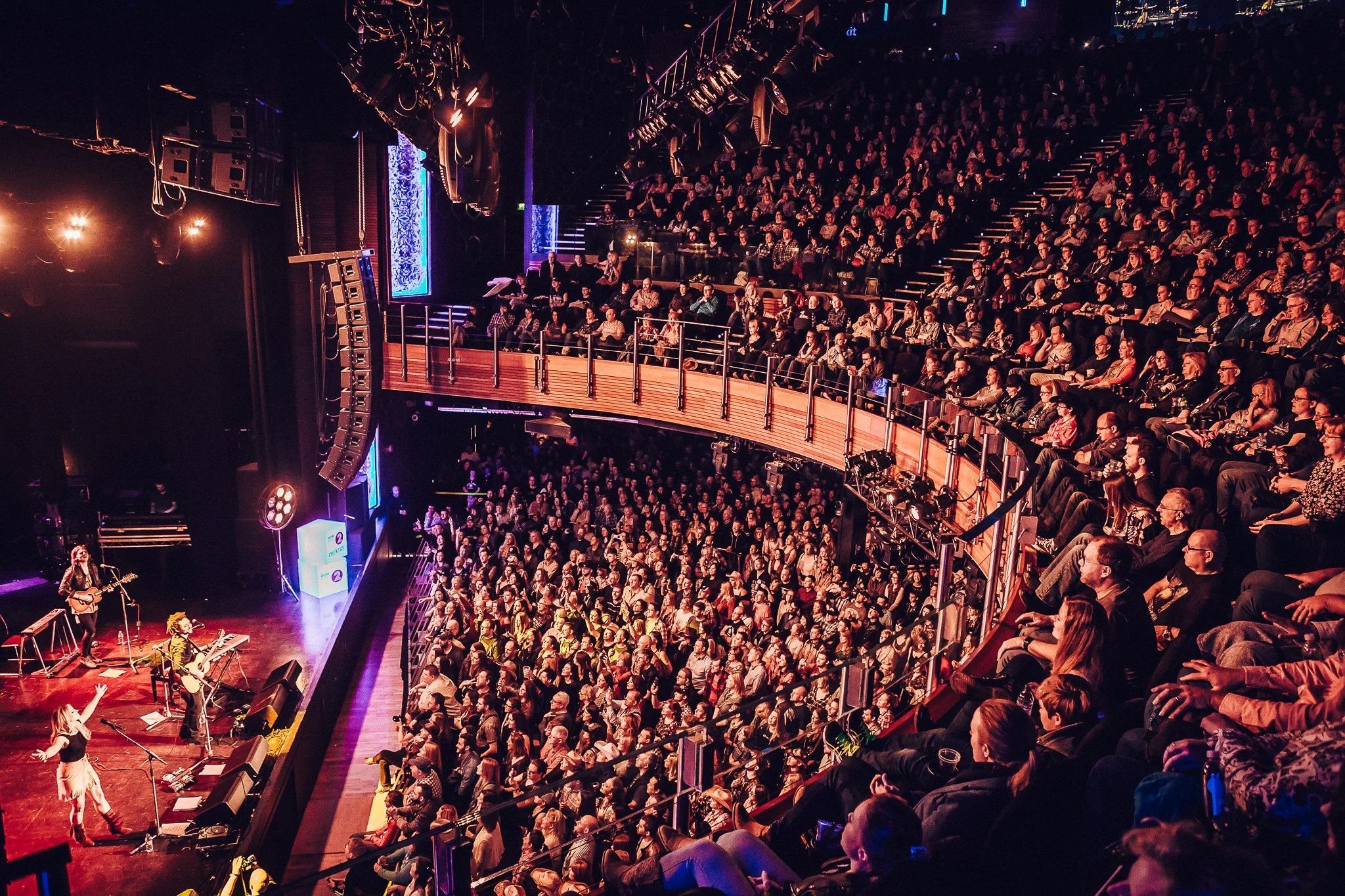Travellers in search of depth frequently turn away from familiar capitals to uncover lesser-known European cities that blend cultural vitality with fresh perspectives. These places attract visitors year-round, offering artistic heritage, digital innovation, and architectural ingenuity. Their appeal rests on how they connect history with modern life, giving travellers reasons to engage thoughtfully with each destination.

Digital Activities and Travel
Contemporary travel often involves a hybrid approach that merges physical exploration with online experiences. Some travellers devote their time to local streets and museums, while others remain connected through digital environments. For American travellers, exploring online casinos in California reviewed by Insider Gaming is a familiar part of their digital life at home.
While travelling in Europe, however, many shift their focus to local art, culture, and urban design, treating digital activities as complementary threads rather than replacements for physical discovery. Cities that embrace this dual mode of engagement position themselves as both physical and digital arenas of culture, broadening the meaning of travel.
Glasgow’s Cultural Framework
Glasgow presents a strong case as a destination where cultural frameworks define the visitor experience. Once viewed as primarily industrial, the city invested heavily in transforming its identity through design and cultural programming. Institutions such as the Kelvingrove Art Gallery and the Riverside Museum blend education with architectural ambition.
Music holds an equally important place, with venues across the city supporting styles that range from classical to contemporary. Travellers encounter a city that frames its cultural offering as a living system shaped by both heritage and forward-looking creativity.
London’s Distinctive Appeal
London receives constant recognition for its monuments and historical landmarks, while its art scene receives far less immediate attention. Even though history and monuments dominate perception, the city’s galleries rank among the strongest in Europe. Institutions such as the Tate Modern and the National Gallery demonstrate curatorial strength and draw audiences that treat these collections as global points of reference.
That combination of deep history and striking galleries allow London to maintain its influence over both cultural memory and contemporary art practice. The city operates as a layered capital where historic continuity and creative reinvention thrive side by side.
Porto’s Architectural Identity
Porto distinguishes itself through a carefully maintained architectural identity that integrates river views with centuries-old buildings. The Dom Luís I Bridge and the tiled churches speak to a local approach that blends functional design with artistic detail. The city values craftsmanship in a way that influences both everyday buildings and landmark projects.
Food traditions intersect with architecture through markets that preserve historic layouts while incorporating new forms of hospitality. Travellers recognise Porto as a city that articulates its identity through tangible urban form and sensory detail, creating a coherent narrative visible in every district.
Tallinn’s Digital Innovation
Tallinn has gained recognition for integrating digital infrastructure into everyday city life. Estonia’s capital adopted electronic governance early, embedding technology into public services and cultural participation. The city blends medieval architecture with a forward-thinking technological framework, creating an unusual mix that appeals to visitors seeking both historic texture and digital efficiency.
Cafés and co-working spaces emphasise connectivity, while museums incorporate interactive elements that align with the country’s national strategy for digital innovation. Tallinn demonstrates how a European city can connect technological competence with cultural heritage, presenting a coherent model for twenty-first-century urban life.
Distinctive Cities as Markers of Travel Value
Cities that define themselves through unique cultural, architectural, or digital qualities establish a framework that shapes the meaning of travel itself. Their differences matter because they compel visitors to approach each destination with awareness of what makes it distinctive, rather than treating European travel as interchangeable.
By studying Glasgow, London, Porto, and Tallinn, it becomes clear that value lies in the individuality of each city’s contribution. That individuality directs travellers toward richer forms of engagement, ensuring that travel carries depth anchored in local definition.




